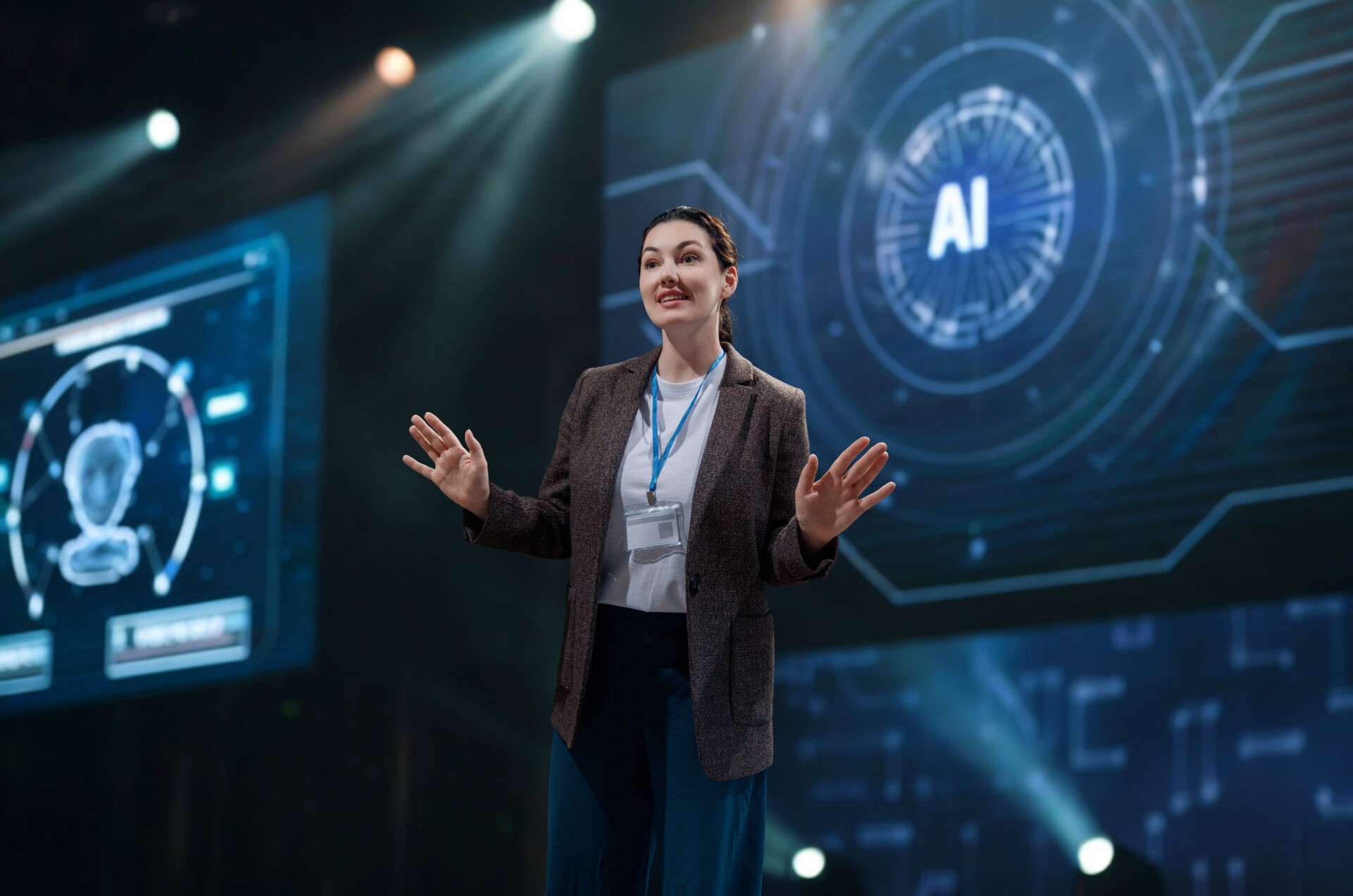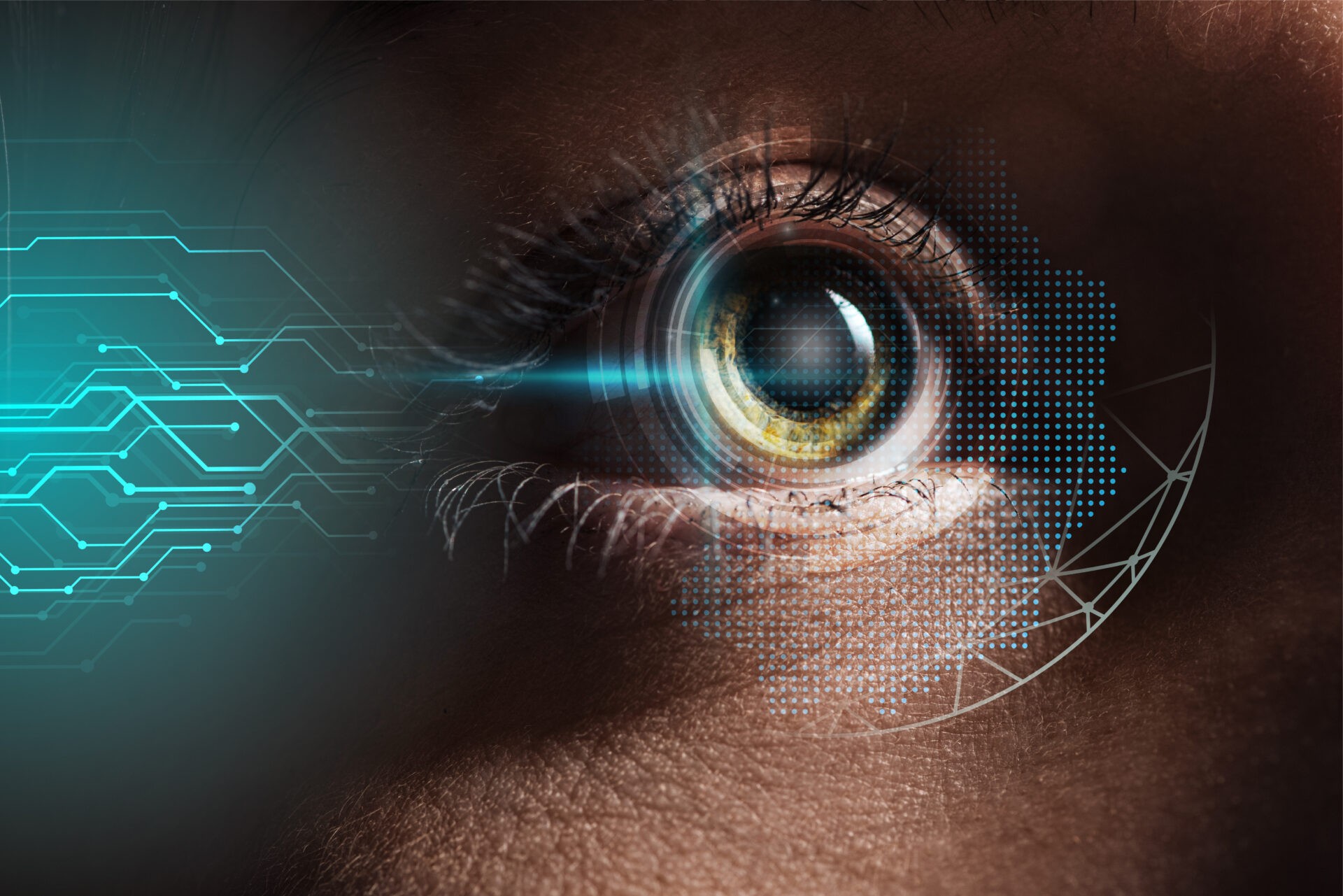Artificial intelligence (AI) and computer vision technologies are revolutionizing modern industry by automating processes, enhancing quality control, and enabling predictive maintenance. As central pillars of the fourth industrial revolution, they drive efficiency and innovation across sectors like manufacturing, healthcare, and agriculture.
Introduction to Computer Vision Technology
Computer vision technology enables machines to analyze and interpret digital images, mimicking human vision. It is foundational to Industry 4.0, where machine learning models and automation drive industrial transformation at an unprecedented scale.
Significance in Modern Industries:
- Automation & Optimization: Streamlines manufacturing processes across sectors.
- Quality Control: Enhances precision in computer vision in manufacturing.
- Predictive Maintenance: Facilitates computer vision-based maintenance by preventing equipment failures.
Transformative in Industry 4.0, computer vision systems rely on advanced machine vision to:
- Detect and Recognize Objects: Identify products and anomalies with high accuracy using computer vision techniques.
- Interpret Visual Data: Analyze images and videos to make informed decisions in real-time.
By powering smarter manufacturing processes, AI systems have enabled significant improvements in worker safety and operational efficiency.
Key Applications of Computer Vision in Industry
Computer vision automates tasks across industries by enabling machines to process and analyze visual data. Its applications range from improving quality control in the manufacturing industry to enhancing security surveillance through real-time monitoring.
Object Detection and Recognition
Object detection and recognition are crucial computer vision techniques, enabling machine vision systems to identify and categorize objects in real time, improving efficiency and reducing manual inspection.
Importance in Industries:
- Manufacturing: Automated vision systems enhance quality control by detecting product defects with precision, minimizing waste, and ensuring consistent product quality.
- Healthcare: AI-powered medical imaging uses object detection to identify abnormalities, such as cancerous cells, that might be missed by human eyes, improving diagnostic accuracy and patient outcomes.
Examples:
- Manufacturing Quality Control: Automated systems like FOXCONN’s NxVAE inspect products for imperfections, identifying up to thirteen common defects to ensure high-quality output.
- Healthcare Diagnostics: AI-powered computer vision tools detect cancerous cells in medical images, improving early diagnosis and treatment outcomes.
Video Surveillance and Security
Computer vision has greatly improved video surveillance systems by enabling real-time monitoring and analysis. With facial recognition and object tracking capabilities, these systems can detect potential threats, ensuring a higher level of safety and security.
Importance in Industries:
- Traffic Management: Computer vision helps monitor traffic patterns, detect violations, and improve overall road safety by analyzing vehicle movement and congestion in real-time.
- Smart Security Systems: Facial recognition and video analytics identify unauthorized individuals, alerting security personnel immediately, enhancing protection in high-risk environments.
Examples:
- Traffic Management: Computer vision systems analyze traffic patterns to optimize signal timings and reduce congestion.
- Smart Security: Facial recognition technology is used in buildings and public spaces to enhance security measures and streamline access control.
Computer Vision in Key Sectors
Computer vision technology is transforming industries by automating tasks, enhancing precision, and driving innovation. By processing visual data, these systems help industries operate more efficiently and accurately, from agriculture to automotive.
Agriculture
In agriculture, computer vision applications optimize crop health management by analyzing visual inputs to detect pests and estimate yields. This leads to smarter decision-making and increased efficiency.
For example, drones equipped with advanced cameras capture real-time images of crops, identifying areas affected by disease or pest infestations. This data empowers farmers to take timely action, safeguarding their harvests. Computer vision also predicts the best harvest times, ensuring crops are collected at their peak, reducing waste and maximizing profits.
Electronic Device Manufacturing
In electronic device manufacturing, computer vision systems automate quality inspection and enable predictive maintenance, detecting flaws and preventing machinery breakdowns.
By integrating computer vision into production lines, manufacturers can quickly identify defects, such as misaligned parts or faulty circuits, which would have been difficult to catch manually. Additionally, predictive maintenance tools use AI to analyze visual data from machines, identifying early signs of wear and tear. This proactive approach reduces costly downtime and ensures a smooth, uninterrupted production process.
A practical example is the use of automated vision systems for inspecting printed circuit boards (PCBs). These systems can detect tiny defects that could compromise the performance of electronic devices, ensuring only top-quality products leave the factory.
Automotive and Logistics
In automotive and logistics, computer vision technology powers autonomous vehicles and automates inventory management in warehouses, enhancing operational efficiency and safety. These computer systems use real-time data processing to make split-second decisions, ensuring smoother operations across various sectors.
In logistics, computer vision optimizes warehouse operations by automating inventory management and order processing. Vision-guided robots sort and track goods with incredible accuracy, speeding up workflows and reducing human error. This automation lowers operational costs and enhances efficiency.
For example, self-driving cars equipped with vision systems can navigate complex environments, recognizing pedestrians, road signs, and other vehicles to ensure smooth and safe travel. Similarly, in automated warehouses, robotic arms guided by computer vision can handle packages and manage inventory, streamlining logistics for eCommerce giants.
Tools and Technologies Powering Computer Vision
Computer vision technology relies on advanced tools to extract, analyze, and interpret visual data. The combination of AI, machine learning, and specialized software plays a key role in powering these systems, making them adaptable across industries for tasks like object detection, predictive maintenance, and diagnostics.
AI and machine learning power computer vision systems by processing visual data, enabling real-time object detection and decision-making. These technologies drive applications from quality control in manufacturing to diagnostics in healthcare.
Tools like OpenCV (Open Source Computer Vision Library) simplify image processing and object recognition, making it easier for industries to implement sophisticated computer vision solutions that improve surveillance, automation, and medical imaging.
By combining these technologies, industries can implement computer vision systems that are both efficient and accurate, boosting productivity, reducing operational costs, and ensuring safety.
Advanced Artificial Computer Vision Systems
Artificial vision systems are designed to meet the specific needs of industries, offering tailored solutions that enhance efficiency and accuracy. These systems leverage AI-driven tools and specialized software to automate processes and improve performance in sectors like manufacturing and healthcare.
- Manufacturing: AI-powered vision systems enable predictive maintenance, identifying equipment wear or potential failures before they occur. This proactive approach minimizes downtime and enhances operational efficiency, allowing factories to maintain continuous production with fewer disruptions.
- Healthcare: Advanced diagnostic tools powered by computer vision analyze medical images with unparalleled precision. These systems assist healthcare professionals by detecting anomalies in X-rays, MRIs, and CT scans, leading to faster and more accurate diagnoses, improving patient outcomes, and reducing human error.
With specialized software tailored to the unique demands of each sector, artificial vision systems are helping industries achieve new levels of automation, reliability, and precision.
The Future of Computer Vision Technology
Advances in AI and machine learning are driving the evolution of computer vision technologies. These systems will process visual data faster and more accurately, offering new possibilities for automation and enhancing operational efficiency.
Take object detection and recognition, for example. AI algorithms are pushing the boundaries, turning once labor-intensive tasks into seamless operations that run in the background, unnoticed but indispensable.
- In Healthcare, AI-driven object recognition powered by deep learning will transform diagnostics, detecting anomalies such as tumors faster than any human eye, with precision that saves lives.
- In Automotive, autonomous vehicles will not only recognize pedestrians but predict their movements, navigating the most complex urban environments safely and efficiently.
This isn’t just about faster image processing; it’s about machines “thinking” with their vision, acting in real time, and reshaping how we live and work.
Automation’s Expansion Across Industries
Imagine farms monitoring themselves, factories predicting equipment breakdowns, and warehouses managing inventories autonomously. This is the future driven by computer vision.
Drones equipped with advanced cameras assess crop health, while vision-guided robots detect defects on production lines, reducing waste and improving quality control. As these technologies evolve, automation will expand even further, creating intelligent systems that see, learn, and act with unparalleled accuracy.
This isn’t just futuristic – it’s happening now. With each advancement in computer vision, automation becomes more precise, transforming industries with systems that operate with near-human efficiency.

Societal Impact of Computer Vision Technology
The rise of computer vision brings significant ethical concerns, especially regarding data privacy and algorithmic bias. Facial recognition systems, for instance, enhance security but raise critical questions about data ownership and surveillance, particularly when personal data is collected without consent.
Additionally, bias in computer vision algorithms can result in discriminatory outcomes, particularly in law enforcement and security applications. Ensuring these systems are trained on diverse, representative datasets and complying with data privacy regulations is crucial to avoiding societal inequalities and fostering public trust.
On the flip side, the workforce faces a transformation. AI will automate many jobs, but it will also create new opportunities in sectors like AI development and data science. While some roles in industries like manufacturing may decline, the demand for tech-savvy professionals will rise. The challenge is to balance job creation with the inevitable disruption of traditional roles.
The Future Outlook for Computer Vision
Looking ahead, it’s not hard to see where computer vision is heading—toward even more immersive, real-time applications that push boundaries and elevate experiences.
One of the biggest game-changers is edge computing, which processes data locally at the source rather than relying on cloud servers. This enables real-time decisions with virtually no latency. For autonomous vehicles, it means faster, safer reactions to potential hazards. In manufacturing, edge computing will allow for real-time defect detection, ensuring efficiency without delay.
Another exciting frontier is augmented reality (AR). Picture surgeons using AR during operations, overlaying real-time data on a patient’s anatomy for enhanced precision, or virtual fitting rooms that let you “try on” clothes from the comfort of your home. As these technologies advance, AR and edge computing will redefine user experiences and improve operational efficiency across industries.
In Conclusion
The computer vision market is rapidly expanding, with AI-powered systems revolutionizing industries by automating processes and integrating real-time decision-making. These advancements will not only enhance machine efficiency but will also improve the quality of human life – enabling faster diagnoses in healthcare, safer autonomous vehicles, and smarter cities. The question isn’t if computer vision will change our world – it’s how far-reaching those changes will be.
Frequently Asked Questions
What is the role of AI in computer vision?
AI enables computer vision systems to interpret and analyze visual data, driving automation and efficiency in numerous industries.
How does computer vision improve processes in industries like manufacturing and healthcare?
In manufacturing, computer vision automates quality control and enables predictive maintenance, improving operational efficiency and reducing costs. In healthcare, it enhances diagnostic imaging, cancer detection, and surgical assistance, significantly improving precision and productivity.
What challenges do industries face in adopting computer vision technology?
Industries face challenges such as ensuring data quality, integrating new technologies with existing systems, and navigating ethical concerns like data privacy and algorithmic bias. Addressing these is crucial for successful adoption.
What future trends are expected in computer vision and AI?
Key trends include the rise of edge computing, the expansion of augmented reality, and advancements in generative AI. These developments will open new opportunities and improve functionality across industries.






